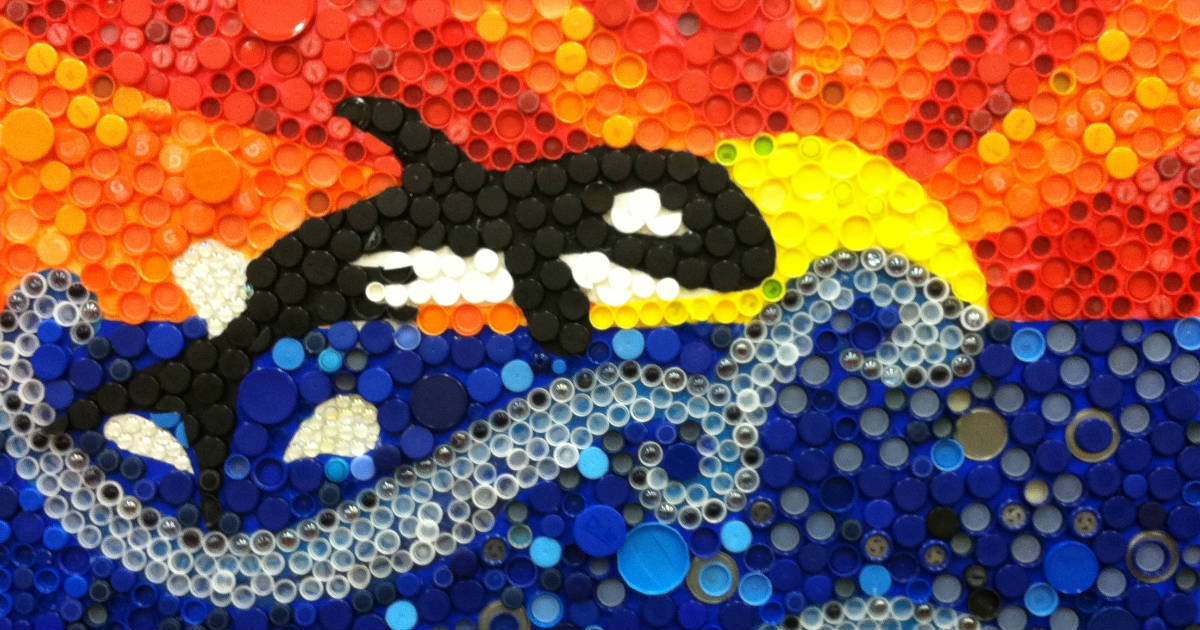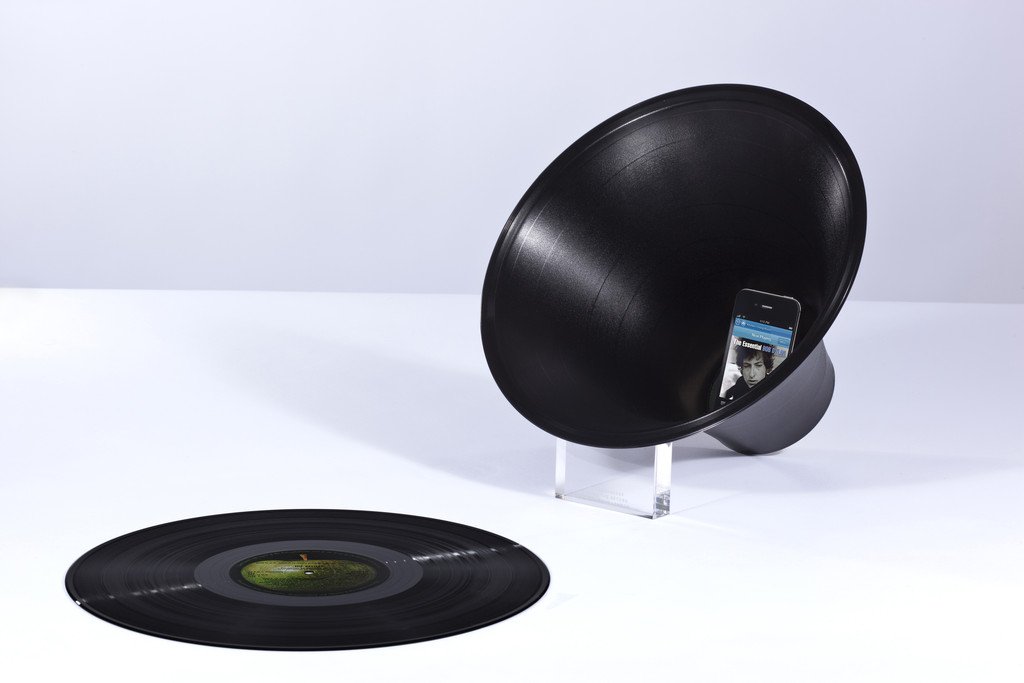Anúncios
Today we’ll talk about PET lamps. Combining materials that at first glance don’t seem to go together, such as disposable bottles and palm fibers, the PET Lamp project is an innovative example of how eco-innovation, craftsmanship and social projects can transform waste into beautiful and functional products. The result is incredible PET lamps that not only illuminate spaces, but also bring a new perspective on the use of plastic in our daily lives.
Index
The Global Problem of Plastic Bottles

Every second, more than 20,000 plastic bottles are sold worldwide. That adds up to more than a million bottles every minute and 480 billion over the course of a year. These staggering numbers indicate that plastic bottle production is set to continue to grow in the coming years. The majority of these bottles are made from PET, a material that, although recyclable, is not properly treated. Less than half of these bottles are collected for recycling; the rest are disposed of improperly, ending up in landfills or being carried by winds and rain to the oceans.
The amount of plastic being discarded is alarming, and the images that illustrate this volume are hard to ignore. There is a need to change the global mindset and see plastic as a valuable resource, not a waste. This change is essential to solving the problem.
PET Luminaires: A Small Step for a Big Change
Spanish designer Alvaro Catalán de Ocón realized that the plastic problem was huge and decided to contribute to the solution in a creative way. He started the PET Lamp project in Colombia, where he participated in a friend’s exhibition on plastic in the Amazon River. The idea was simple: use PET bottles as the basis for handmade lamps. The artisans involved in the project use natural materials, such as “Paja Tetera” fiber, natural pigments and local styles to create unique lamps.
The PET Lamp project combines global elements: the ubiquitous plastic bottle, found everywhere in the world, and local craftsmanship. The latter element is particularly interesting as it allows artisans to explore their creativity and preserve traditional techniques, transforming a common and disposable object into a product of high aesthetic and cultural value.
The Impact of the PET Luminaires Project in Different Regions
The PET Lamp project is currently active in four countries: Chile, Ethiopia, Colombia and Japan. Each region has its own approach to the plastic problem, which directly influences the implementation of the project.
- In Ethiopia, plastic bottles are seen as valuable objects. They are collected and sold, showing that with the right mindset, plastic can be reused in creative and profitable ways.
- In Chile, there is a more developed infrastructure for recycling. Bottles are collected and recycled, but the PET Lamp project helps raise awareness of the value of plastic, as well as encouraging local crafts.
- In Colombia, where the project began, bottles are often thrown away. The project aims to change this mindset by showing people that these objects can have significant value when repurposed.
- In Japan, the combination of traditional craftsmanship with the reuse of materials is highly valued, and the PET Lamp project fits perfectly into this culture.
Lessons Learned and Benefits from the PET Lamp Project
The PET lamp project is not just a recycling initiative; it is also a way to discover and understand different cultures, traditions and ways of interacting with the environment. Alvaro Catalán de Ocón and his team spent a lot of time with local artisans, learning about their customs and working methods. This cultural exchange is one of the most enriching aspects of the project.
The artisans involved have an intimate knowledge of their local environment, climate, culture and materials. They are the true experts in creating these lamps, and their expertise is essential to the success of the project. For the artisans, the PET Lamp project is not only a way to make a living, but also a way to preserve and celebrate their cultural traditions.
PET Lamp Project’s Contribution to Global Awareness
While the PET lamps project does not completely solve the plastic problem, it does contribute significantly to raising awareness about the issue. Each lamp created is a unique piece that tells a story – the story of how plastic can be reused in creative and sustainable ways. These lamps are much more than just decorative objects; they are symbols of a global movement that seeks to find new ways to deal with waste.
PET Lamp also promotes the idea that plastic, when used responsibly and creatively, can be a valuable material. By transforming something disposable into something of value, the project encourages people to reconsider their relationship with plastic and adopt more sustainable practices in their daily lives.
The PET lamp project is proof that it is possible to transform waste into valuable resources through creativity, craftsmanship and global collaboration. By combining PET bottles with traditional weaving techniques, the project not only creates beautiful and functional lamps, but also raises awareness about the importance of recycling and the responsible use of plastic.
Throughout their journey, Alvaro Catalán de Ocón and his team have learned that while the plastic problem is global, solutions can be found locally, leveraging the knowledge and traditions of artisans in each region. In this way, the PET lighting project not only contributes to preserving the environment, but also to valuing local cultures.
If you’re interested in PET lamps and want to learn more about how to create your own, there are many resources available online. Explore the techniques and discover how you too can turn waste into art.
This PET lighting project is an inspiration to us all, showing that with creativity and collaboration, we can find innovative solutions to the world's most pressing environmental problems.
Check out other interesting facts about recycling clicking here.
Learn how to make art by recycling, Click here.




